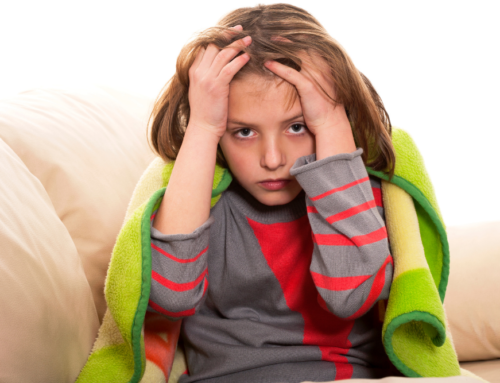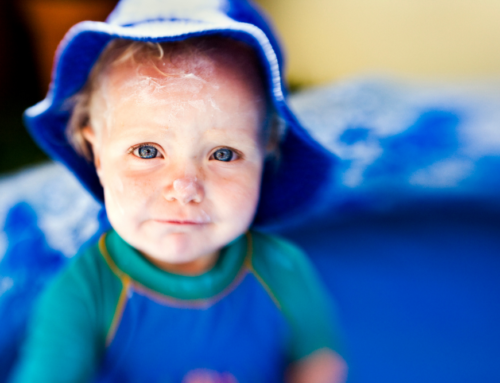
Conjunctivitis, better known as pink eye, is an inflammation of a transparent membrane (the conjunctiva) that covers the white part of the eyeball and lines the eyelid. Typically caused by a viral or bacterial infection, the condition results in the blood vessels in the conjunctiva becoming inflamed and more visible and produces the red or pink color it is known for. If you suspect that your child has pink eye, you should talk with a pediatrician at Mountainland Pediatrics.
While generally it is not serious and typically does not affect a person’s vision, pink eye is contagious and very noticeable. For this reason, it can cause social discomfort in addition to its physical symptoms.
Pink Eye Symptoms
While the symptoms of pink eye vary based on the cause, people with the condition may experience:
- Red or pink color on the inner eyelid and the white of the eye
- Yellow, green or white discharge from the eye that is most noticeable after sleeping and may cause the eyelid to be stuck shut
- Excessive tear production
- Swollen conjunctiva
- Sensitivity to light
- Itching, burning or gritty feeling in the eye
- Swollen lymph nodes
Other symptoms that are rare include visual disturbances or vision loss, intense pain when looking at a bright light, high fever and face pain. While you will want to contact your pediatrician about any case of pink eye, if your child experiences these rare symptoms it is important to talk with your doctor right away.
How to Avoid Getting or Spreading Pink Eye
Pink eye is often viral, and consequently antibacterial eyedrops are not helpful. Instead, the focus is on symptom relief and allowing the infection to run its course.
Follow these tips to prevent the spread of pink eye:
- Wash your hands frequently with warm, soapy water.
- Avoid touching or rubbing your eyes with your fingers.
- Clean each eye with a fresh tissue or cotton ball as discharge accumulates.
- Do not wear an eye patch or cover your eyes in any way.
- Throw away disposable contact lenses that have been worn and wear glasses until the infection is gone.
- Avoid wearing eye makeup.
- Change your pillowcase daily and promptly wash used pillowcases separate from other items in hot water and detergent.
- Use warm compresses three or four times daily to minimize eye pain and help remove crust.
- Do not use eye drops designed to eliminate redness as they can irritate your eyes.
- Over-the-counter eyedrops with anti-inflammatory medication may be helpful but talk with your doctor before using them.
- Protect your eyes from airborne irritants
Parents of young children need to be especially watchful and provide frequent reminders about not touching their eyes and handwashing.
Pink eye is a common condition and can be inconvenient. But with proper care it resolves on its own in a period of a few days to a few weeks. If you have questions about pink eye or need to have your child see a pediatrician at Mountainland Pediatrics, please contact us at (303) 430-0823.



